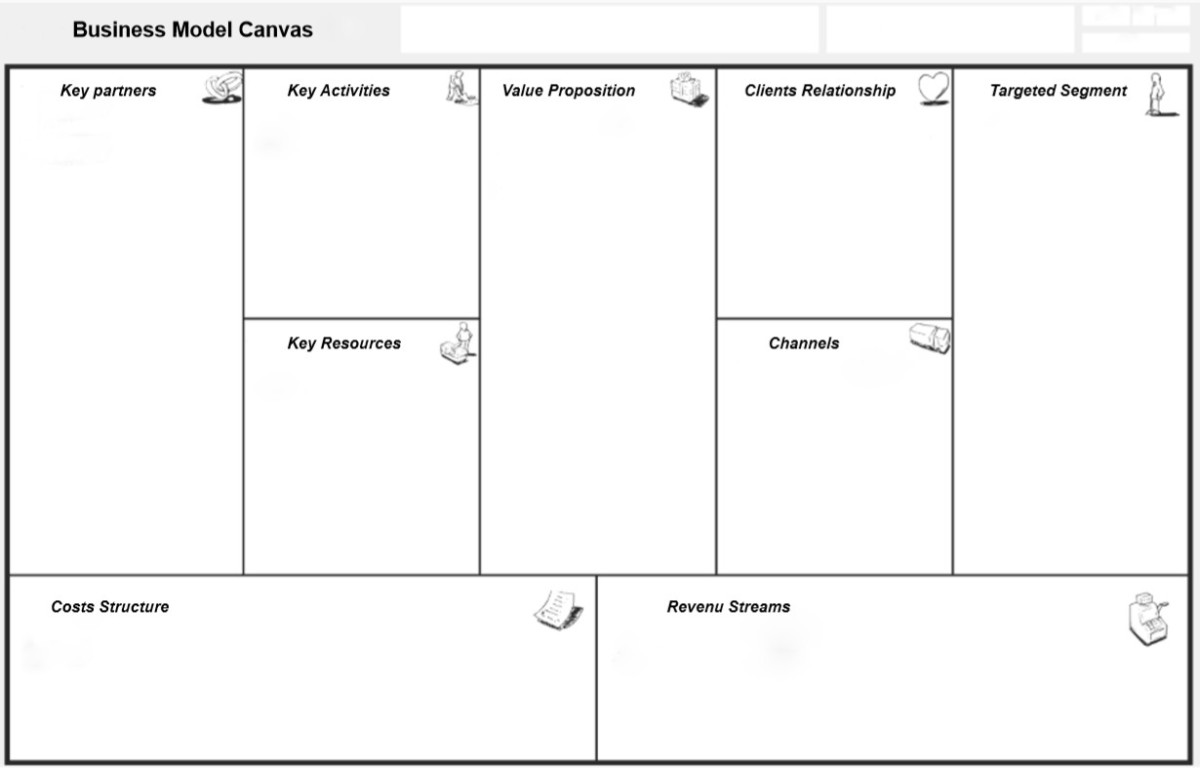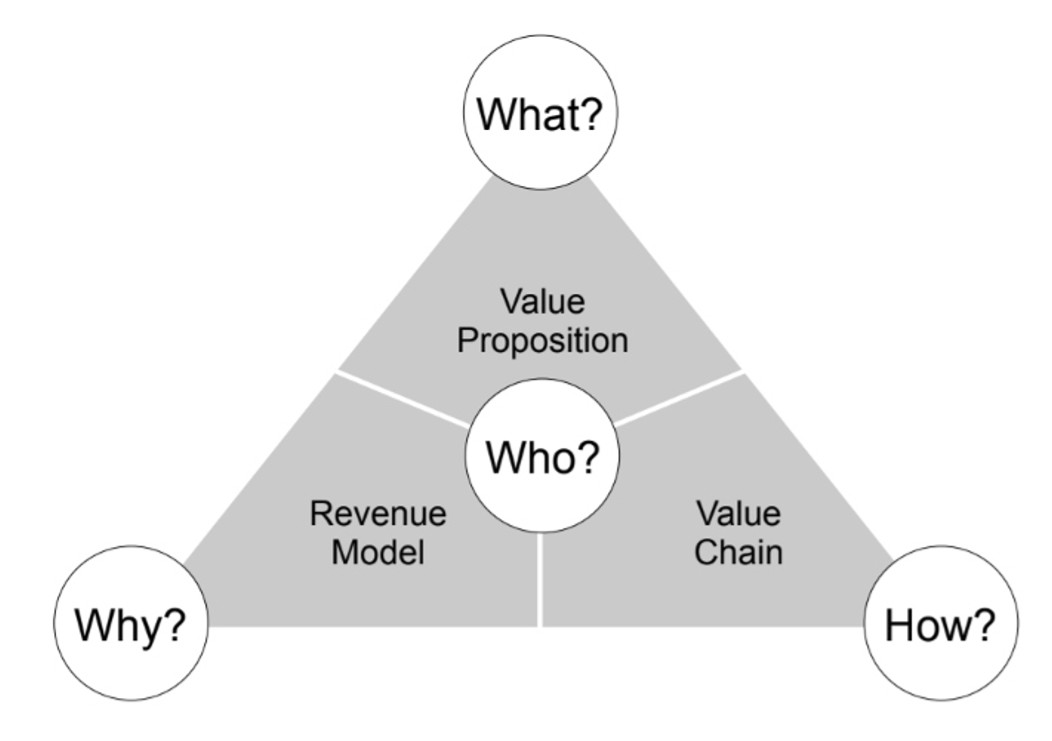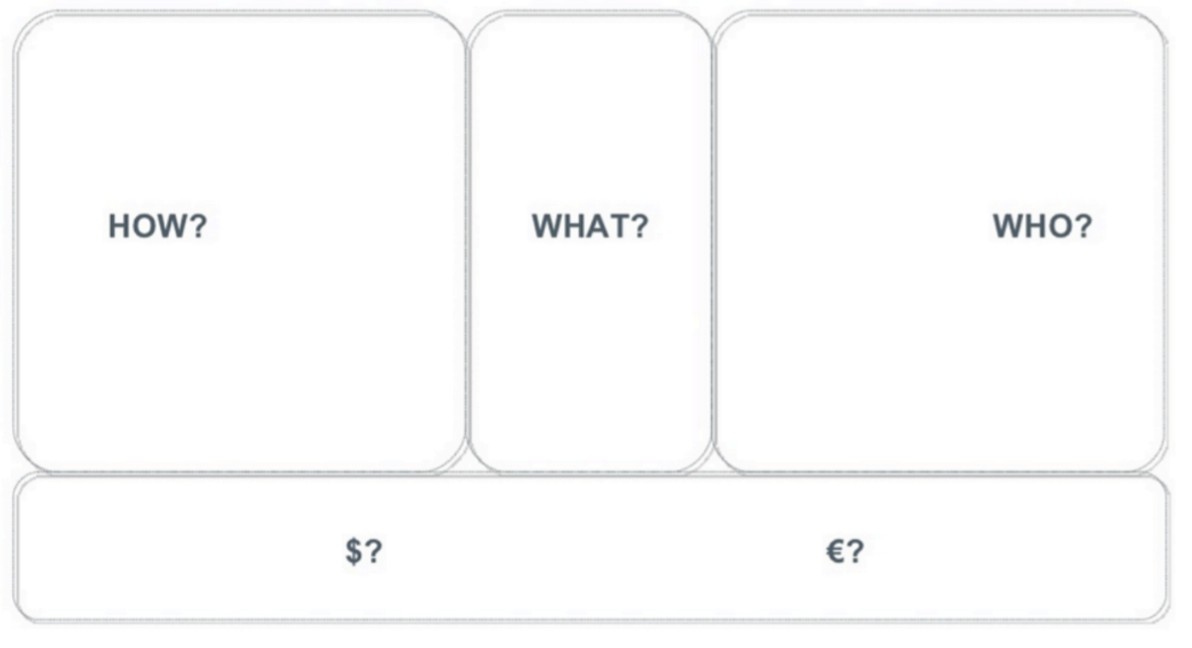What is the difference between the more common Business Model and the innovation Business Model ?
Are they different ?
No matter if you are an entrepreneur, a startup, or even à conglomerate, a business model canvas can be useful for you. Indeed, any company looking to reposition, implement a new market or to create a new product / service will use the Business Model a way or another. This will be a guideline to achieve the desired results.
Context
The concept of the Business Model has been around for years now, although it has evolved over time. In other words, in the 50s’ companies like McDonald and Toyota used to use a version of it, which has been revisited by many people since then. Nowadays, the most common adaptation is the one created by the Swiss author and theorist, Alexander Osterwalder.
On the other, as you can imagine other models exist. For this reason, we will today analyse the Innovation Business Model, which as its name says, will help you to innovate in a more structured approach. Even though we do not have a back story to tell you about this method, we can insure you of its pertinence.
Before going into an in depth analysis, you should understand that these models are modular over and over during the creation process of your project. It means that for instance, you can use your canvas as much after an Ideation session, as after having created prototypes of your project.
Business Model Canvas

As you can see on this board, the canvas is composed of 9 parts. Although each of them has a specific role, they are all related one to another, which means that sometimes it might take time to understand where to write down the point you have in mind. However, by managing to divide your project into those 9 parts, you will be able to go through its conception in a much more structured way. To better understand how this model works, let’s go through it together. We recommend you to follow the same steps as us to fill in the form.
- Targeted Segments : Who are your clients ? Define here the segments that you will attracked. There might be only one or a multiple of them, yet it is crucial that each of those segments is well-defined. For exemple, if you focus on B2C, be specific on what the particularity of those customers is : families with kids, pets and a garden.
- Value Proposition : What is the value that you offer to your clients ? What need are you fullfiling ? Describe the value that your product / service brings and its added value. For instance, the value of a bag could be the many pockets it has, or being waterproof, and so on.
- Clients Relationship : What is your relationship with your clients ? How do you get / keep in touch with them ? Exploit the various manners you can use to interact with your segments. For instance, you can connect with them through social medias, on your website, or via a forum. This allows you to also better know them.
- Key Partners : Who do you collaborate with ? Who are your important partners ? For this point, you should includ any type of collaborators, otherwise speaking your sellers, retailers, suppliers, factories, etc.
- Key Activities : What does your company do on a daily basis to deliver the expected value ? Develop the main tasks you will be doing everyday, For exemple, you might be taking care of the packaging, the marketing, or maybe taking orders and delivering your solution.
- Key Resources : What are the resources you need to properly deliver the expected value ? Various things can be written here depending on your field, yet it could be electronic equipments, building rental, the STAFF for your APS, and more.
- Channels : How do you reach your clients ? You have heaps of possibility again, so try to write them all in your canvas. For instance, you might want to sell you product using your webpage, through specialised retailers, or with the help of governmental organisation. Feel free to imagine the best solution for you.
- Costs Structure : What costs does your project generates ? Write down all the different steps you will need to take and that will cost you money, such as the marketing, the web and app development, and so on.
- Revenu Streams : How will you make profit ? It is beautiful to work from A to Z on a project, yet you need to get something in return. You could make money through direct sales, or by putting in place a subscription option. You might be looking to get back another value than money (eg.: sponsoring, another service, etc.). Think carefully about it, as it is not as logical as you might first think.
Innovation Business Model Canvas

This model can be divided into 2 parts :
The triangle : constituated of 3 parts, which are the 3 dimensions of the Business Model. In other words, for your project to be innovative, you will need to reinvent at least 2 of those 3 aspects.
The 4 rounds : which should be answered so that your canvas takes shap. More precisely, the questions are :
- Who are your targeted customers ?
- What can you offer to fullfil their needs ?
- How can you create the right value proposition to help them ?
- Why is your solution profitable for you ?
You might have realised it by now : to complete one of the 3 dimensions, you need to answer to multiple of the ringed questions.
Difference or Similarity?
Now that you understand how those tables work, can you see a difference or similarity between them ?
Althoug those 2 canvas are different, they can easily be associated. It means that the innovation model is adjustable to M. Ostewalder’s version, and vice-versa. As an exemple, we take the Innovation Canvas :

If simplified, the model looks like the one above. For instance, when you answer to the question “why ?”, you define the revenu streams and the costs structure. Moreover, when you answer to the “how ?”, you describe your key resources and partners. The value proposition is then the “what ?”, and the “who ?” is all the rest.
Conclusion
Those 2 Business Model Canvas are very similar, yet different. The innovation version being less precise, will give you more creativity freedom. On the other hand, althoug the other model gives you less freedom for creativity, it is more structured. You may understand then that both canvas can be very efficient to use, the one you will need will depend on the way you are working and what you want to achieve. So my question here is, which Business Model Canvas fits best to your way of working ?